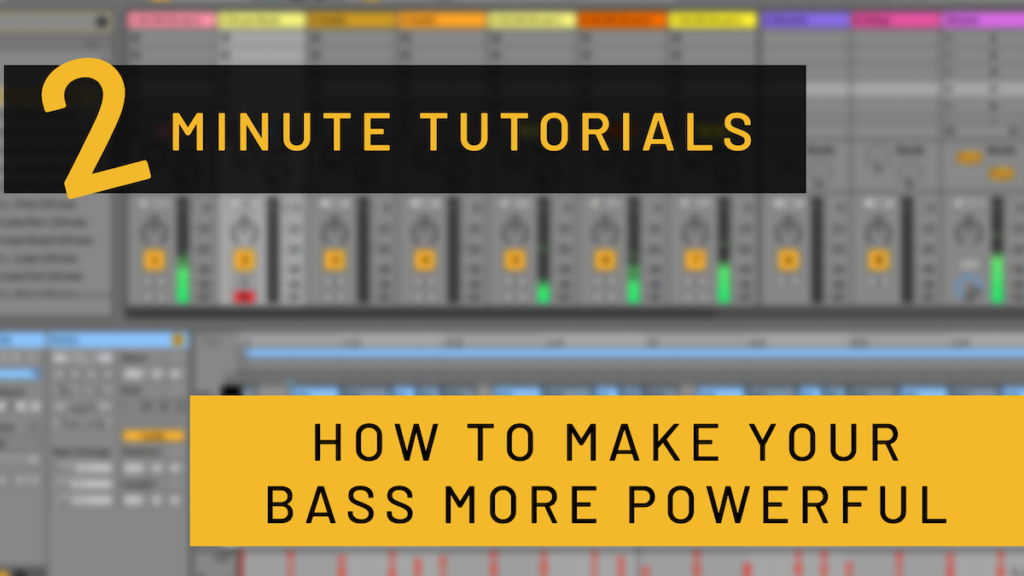There’s no doubt that drums are an extremely important element in dance music. Sometimes, however, the drums in our mixes can feel a bit weak when we need them to feel powerful, present, and punchy. Naturally, you will want to increase the loudness of drums in your mix. Drums are usually very dynamic, so turning up the volume sometimes isn’t as easy a solution as it sounds. You could run into clipping issues, or throw the levels of your mix off very easily.
How to Increase the Loudness of Drums
Here are my top three ways I increase the perceived loudness of my drums to add a bit of weight to them, without taking up much headroom in my mixes.
Layering
Layering your drums is a super effective way to increase the loudness of drums. You can choose to layer up multiple sounds that compliment each other. You can easily increase the quality of your drums by combining the value of individual samples, into one.
When attempting to layer instruments, try to figure out what is lacking from your first sample. Once you’ve established what sound is lacking, you can look for that in a second sample. This way, when you layer them together, your second sample will fill the lacking frequencies of the first sample.
Of course, you have to be careful while layering to ensure that you’re properly carving out room with an EQ for each instrument to fit together.
For example, if your clap is really nice in the high end but lacking in low end, choose a snare that is punchy in the low end, but dull in the high end.
If you’re unsure how to do this, check out my Two Minute Tutorial explaining how-to here:
SATURATION
Using a saturator works by distorting the sample. Introducing just a bit of this distortion can add value to the sample because it adds warmth and grit to the sound. This especially works well with sounds that rely on a crunchier/crispier high end (snares, hats, etc).
Be careful not to overdo it with saturation, as it can very quickly destroy the overall quality of your sounds. Adding in just a touch of saturation can really add quite a bit of value to your samples.
Parallel Compression
Everyone knows compression can be used to increase the overall volume of a sound. However, the extremely effective and lesser-known parallel compression is truly a game-changer.
Otherwise known as NY (New York) Compression, parallel compression is the act of aggressively compressing a parallel signal and introducing the over-compressed signal back into the mix in a tasteful way.
By aggressively (and overly) compressing the parallel signal, you’ll potentially be grabbing some of the information in the sample that isn’t as obvious or audible. The quieter signal that you couldn’t really hear before will now be less quiet in comparison because the signal was so compressed. This will add a bit of weight and information to your signal that would otherwise go unheard.
By compressing this much, you’re also getting a bit of distortion from your compressor, which can also give you the desired effect as we have with our earlier point regarding saturation.
This Two Minute Tutorial covers both parallel processing and saturation, check it out:
Hopefully, these three tips will help you increase the loudness of the drums in your mixes, and give you a cleaner sounding mix overall. Make sure you subscribe to our Youtube channel and never miss a tutorial!






